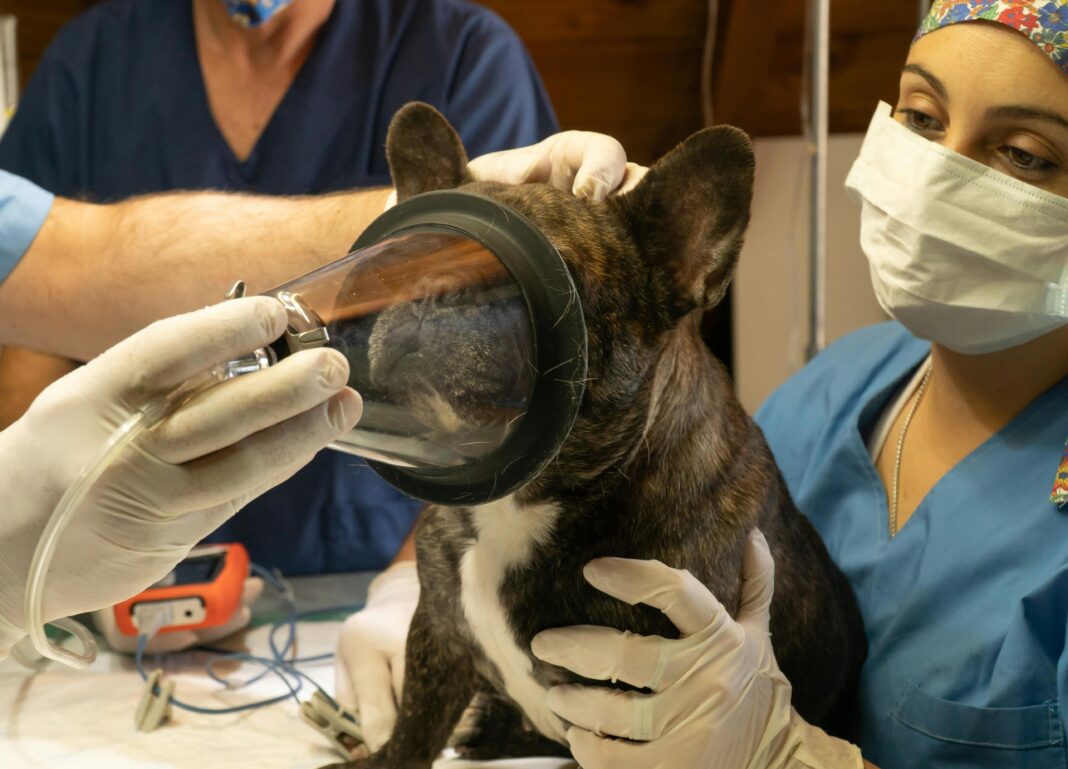Chronic pain in pets can be a heartbreaking issue for pet owners. Understanding how to manage this pain effectively is crucial in ensuring your furry friend enjoys a good quality of life. This comprehensive guide covers everything you need to know about the causes, symptoms, diagnosis, treatment, and prevention of chronic pain in pets.
Understanding Chronic Pain in Pets
What Is Chronic Pain?
Chronic pain is defined as pain that persists for weeks, months, or even years. In pets, this can stem from various conditions, including arthritis, injuries, or even certain diseases. Recognizing chronic pain early can help in its management and improve your pet’s overall well-being.
Common Causes of Chronic Pain
-
- Arthritis: A prevalent cause of chronic pain in older dogs and cats, arthritis involves inflammation of the joints, leading to stiffness and discomfort.
-
- Hip Dysplasia: This genetic condition primarily affects large breeds and can result in severe pain as the joints wear down over time.
-
- Injuries: Traumas such as fractures or soft tissue injuries can lead to chronic pain conditions if not treated properly.
-
- Cancer: Tumors can cause significant pain, and their presence often necessitates intensive pain management strategies.
-
- Neuropathy: Conditions affecting the nerves can lead to persistent pain where the nervous system is involved.
Recognizing Symptoms of Chronic Pain
As a caring pet owner, being vigilant about your pet’s behavior is essential. Common symptoms of chronic pain include:
-
- Altered Mobility: Limping, reluctance to move, or difficulty getting up is often a sign of joint or musculoskeletal pain.
-
- Behavioral Changes: Increased irritability, withdrawal from social interactions, or sudden aggression can indicate your pet is in pain.
-
- Changes in Appetite: A pet in pain may eat less or become more picky with food.
-
- Vocalization: Whining, growling, or excessive meowing can be a cry for help from a pet experiencing discomfort.
-
- Licking or Chewing: You may notice increased grooming in specific areas, indicating localized pain.
Diagnosing Chronic Pain
Consultation with a Veterinarian
When you suspect your pet is in chronic pain, the first step is to consult a veterinarian. They will usually perform a thorough physical examination and may recommend diagnostic tests such as X-rays, blood tests, or MRI scans to identify the underlying cause.
Pain Assessment Tools
Veterinarians often use standardized pain scales to assess your pet’s pain levels, considering behavioral changes and physical examinations. This assessment helps in tailoring a management plan suited to your pet’s specific needs.
Effective Treatment Options
Once a diagnosis is made, your veterinarian will recommend a treatment plan. Here are various strategies for managing chronic pain in pets:
Medications
-
- Non-Steroidal Anti-Inflammatory Drugs (NSAIDs): Commonly prescribed for pain relief, these medications help reduce inflammation and improve mobility.
-
- Opioids: For severe pain, opioids may be prescribed, although careful monitoring is essential due to potential side effects.
-
- Glucosamine and Chondroitin: Supplements may support joint health, especially in arthritic pets.
Physical Therapy
Just like humans, pets benefit from physical therapy! Techniques include:
-
- Massage: Gentle massage can alleviate tension and improve circulation.
-
- Hydrotherapy: Utilizing water can strengthen muscles and reduce pain without stressing joints.
-
- Acupuncture: This ancient technique has shown promise in managing chronic pain by inserting fine needles at specific points on the body to relieve discomfort.
Weight Management
Maintaining a healthy weight is crucial. Excess weight can exacerbate joint problems and lead to additional pain. Work with your vet to design a suitable diet and exercise program tailored to your pet’s needs.
Environmental Modifications
Creating a comfortable living environment can help ease your pet’s pain. Some tips include:
-
- Orthopedic Beds: Invest in a high-quality orthopedic bed to provide joint support.
-
- Non-Slip Flooring: Consider non-slip rugs or mats to minimize the risk of slips and falls, which can cause further injury.
-
- Ramps and Stairs: Installing ramps for easy access to vehicles or furniture reduces the strain on your pet’s joints.
Preventing Chronic Pain
While some conditions may be unavoidable, there are proactive steps you can take to minimize the risk of chronic pain in your pet:
Regular Check-Ups
Routine veterinary check-ups can catch early signs of pain or discomfort. Detecting potential issues early can significantly improve treatment outcomes.
Nutrition and Exercise
A well-balanced diet combined with regular exercise helps maintain a healthy weight and promotes overall joint health. Ensure that your pet engages in age-appropriate activities that keep them active without overexerting them.
Joint Supplements
Consider integrating joint supplements into your pet’s diet, especially for breeds predisposed to joint issues. Consult your veterinarian for safe and effective options.
Monitoring Behavior
Stay attuned to your pet’s behavior and habits. Changes in activity levels, eating, or social interaction can indicate underlying issues that may lead to chronic pain.
By actively engaging in these strategies, you can help ensure that your beloved pet enjoys a life free from unnecessary pain and discomfort, allowing them to live life to the fullest.





